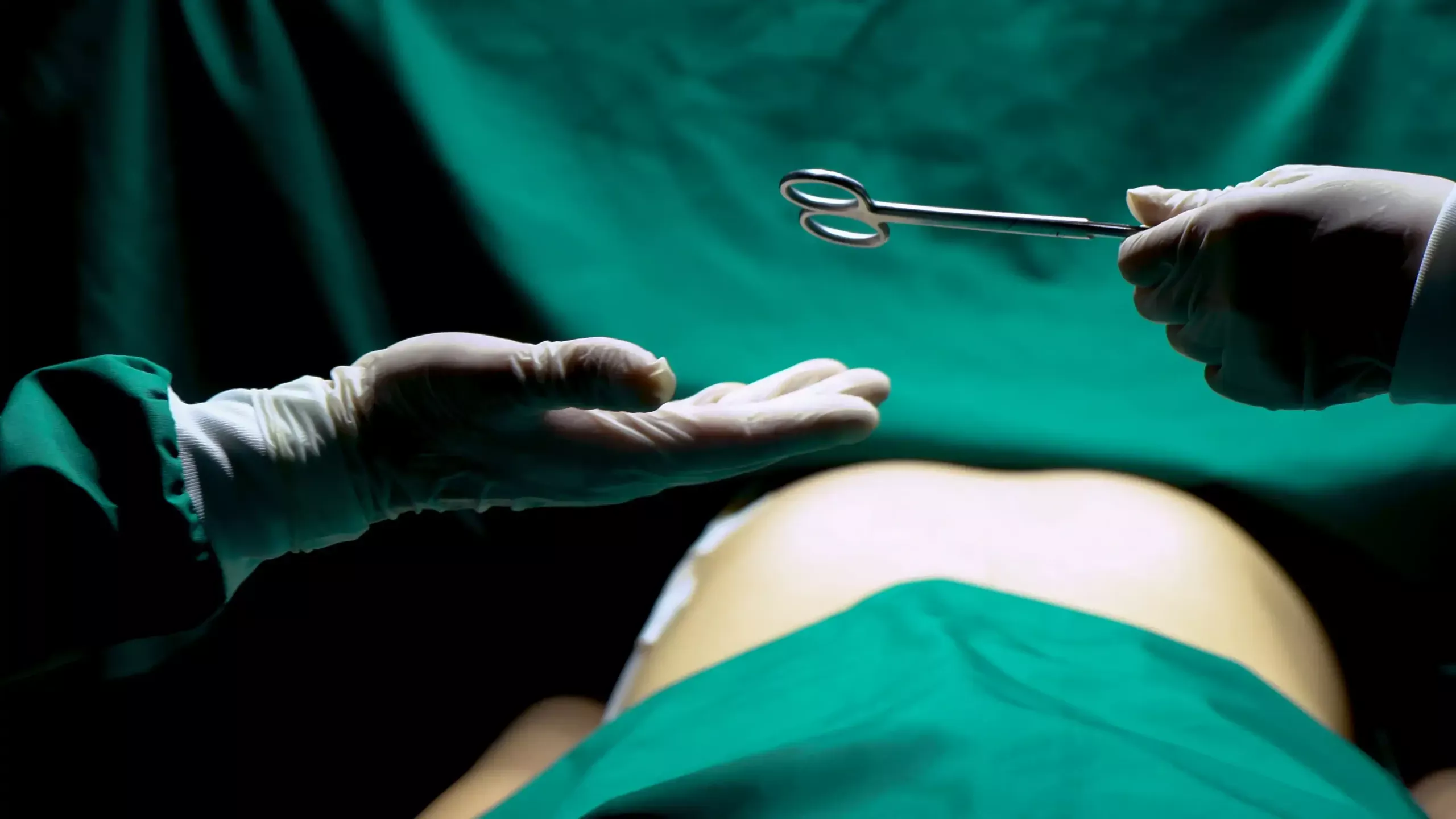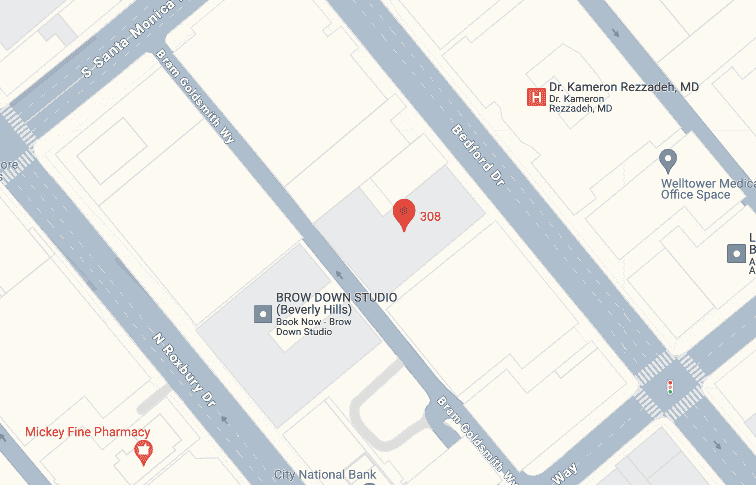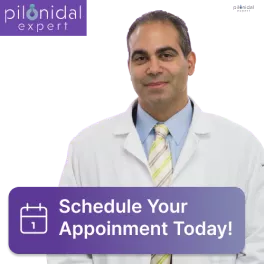A pilonidal cyst doctor specializes in diagnosing and treating a particular type of skin condition known as a pilonidal cyst or sinus. A pilonidal sinus is a common condition that affects the skin at the base of the spine, near the cleft of the buttocks. This condition can be quite painful and uncomfortable, making it important for individuals to understand its causes, symptoms, and treatment options.
In this article, we will delve into what a pilonidal sinus is and explore the various methods doctors use to treat it.
Symptoms of Pilonidal Sinus
- Sensitivity and pain near the base of the spine
- Redness and swelling in the afflicted area
- Pus or blood seeping from a skin wound
- Foul-smelling discharge
- In severe cases, fever and malaise
Diagnosis
Based on the patient’s symptoms and a physical examination of the affected area, a doctor for pilonidal cyst usually makes the diagnosis of pilonidal sinus. Imaging tests, like an MRI or ultrasound, may occasionally be used to determine the severity of the illness.
Treatment Options
Home Care:
- Keeping the region dry and clean to avoid infection
- Shaving the region will lessen the possibility of hair becoming stuck.
- Refraining from pressure or extended sitting on the afflicted area
Antibiotics:
- In order to treat an infection and lessen inflammation, physicians may recommend antibiotics if the pilonidal sinus is infected.
Incision and Drainage:
- An incision and drainage technique is a small surgical operation that may be used to treat bigger abscesses. In order to remove the pus and clean the damaged area, the doctor creates a small incision during this surgery.
Excision Surgery:
- Physicians may suggest a more involved procedure known as excision in situations where pilonidal sinuses are recurrent or persistent. To stop future recurrences, the sinus and surrounding tissue are removed during this treatment. After that, the wound is left open to gradually heal.
Laser Hair Removal:
- Some choose laser hair removal in the problematic area to decrease the chance of hair getting lodged in the skin and permanently diminish hair growth, hence preventing recurrence.
Prevention
Although pilonidal sinuses are not always preventable, there are steps people can do to lessen their chance of getting them:
- Practice proper hygiene by cleaning and drying the region on a regular basis, especially after exerting yourself.
- Prevent extended sitting: If your work or other activities need you to sit for extended periods of time, take breaks and get up.
- Hair removal: You can lessen the chance of hair becoming stuck in the affected area by shaving or using laser hair removal.
How are pilonidal cysts dangerous?
Although pilonidal cysts may appear to be a common skin problem, if the condition worsens or is left untreated, there may be dangers and concerns. The following are some ways that pilonidal cysts may pose a risk:
1. Infection and Abscess Formation:
Because of the buildup of hair, debris, and germs in the sinus, pilonidal cysts can result in infections. If the cyst is infected, it can develop into a painful pus-filled abscess. The infection can spread and produce cellulitis, a skin infection, or sepsis, a potentially fatal illness when the body’s reaction to an infection results in extensive inflammation, if it is not drained and treated very once.
2. Chronic Pain and Discomfort:
Pilonidal cysts can cause persistent pain and discomfort, especially when sitting or moving. An individual’s quality of life can be greatly impacted by chronic pain, which can make daily tasks difficult and limit mobility.
3. Recurrence and Chronic Sinus Formation:
Pilonidal cysts often reoccur even after treatment, particularly if the underlying cause—excessive hair growth or inadequate hygiene—is not treated. Recurrent cysts may result in the development of chronic sinusitis, which can cause discomfort and necessitate recurring medical visits.
4. Limitation of Physical Activities:
Due to the pain and discomfort associated with pilonidal cysts, individuals may find it difficult to engage in physical activities, exercise, or even sit for extended periods. This restriction may have an impact on one’s personal and professional lives, resulting in less social engagement and worse productivity.
5. Psychological Impact:
Living with a chronic and painful condition like pilonidal cysts can have a psychological impact, causing stress, anxiety, and depression. Mental health could suffer as a result of managing chronic pain and recurrent dread.
Is it necessary to have surgery for a pilonidal sinus?
One frequently asked topic regarding a pilonidal sinus is if surgery to remove pilonidal cyst is required. The severity of the ailment, the existence of comorbidities, and the person’s general health all have a role in the response. Here’s a closer look at the variables that influence whether surgery is required:
1. Cyst Size and Severity:
Antibiotics, painkillers, and appropriate wound care may be effective non-surgical treatments for smaller, less severe pilonidal cysts. To completely remove the cyst and stop future recurrences, surgery may be required if the cyst is large, painful, or recurring.
2. Complications:
Surgical drainage is frequently necessary to remove the pus and treat the infection if the pilonidal cyst becomes infected and develops an abscess. In cases where abscesses cause severe pain, edema, or a systemic infection, it is imperative to operate quickly.
3. Chronic or Recurrent Cases:
Individuals with chronic or recurrent pilonidal cysts might opt for surgery to remove the sinus completely. By eliminating the cyst and any impacted tissue, surgical techniques like excision lessen the chance that the cyst may reappear in the future. For people who have ongoing problems with their pilonidal sinus, surgery may offer a permanent remedy.
4. Individual Health and Lifestyle:
A person’s overall health and lifestyle choices can influence the necessity of surgery. For example, those whose occupations require them to sit for extended periods of time may find it difficult to control their condition without surgery. By surgically removing the cyst, symptoms can be reduced, and their capacity to carry out everyday tasks more easily.
5. Patient Preference and Quality of Life:
Ultimately, the decision to undergo surgery for a pilonidal sinus often comes down to the patient’s preference and the impact of the condition on their quality of life. Surgery may be a good option if the cyst severely limits their ability to perform everyday tasks, creates chronic pain, or negatively impacts their emotional health.
Expert Care for Pilonidal Cysts with Pilonidal Experts!
Dealing with the discomfort and pain of a pilonidal cyst? Don’t let it affect your quality of life any longer. At Pilonidal Experts, we understand the challenges you face, and we’re here to help you find the expert care you need from a dedicated pilonidal cyst doctor.
Don’t wait any longer to address your pilonidal cyst. Take action now and let Pilonidal Experts assist you in finding the best medical care available. Your comfort and health are our top priorities. Contact us today and embark on the path toward a pain-free life.








